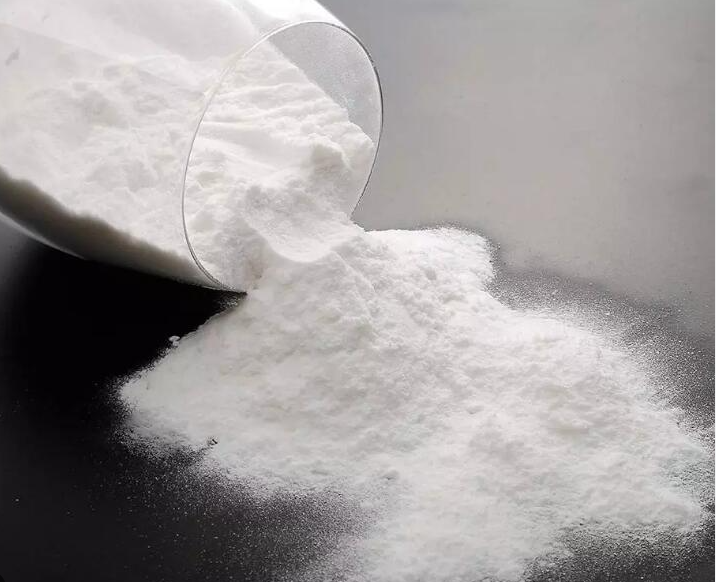
- 2-bromo-4-methylpropiophenone CAS 1451-82-7 is an organic chemical compound classified as a ketone. It belongs to the family of aromatic ketones and is commonly used in organic synthesis as a vital building block for the production of various pharmaceuticals, agrochemicals, and other complex molecules. The compound’s molecular formula is C10H11BrO, and it is also known by its systematic name 1-(2-bromo-4-methylphenyl)-2-propanone. Let’s delve deeper into 2-bromo-4-methylpropiophenone and explore its properties, applications, and potential hazards.
Properties:
2-bromo-4-methylpropiophenone CAS 1451-82-7 appears as a colorless to pale yellow liquid or solid, depending on its form and purity. It has a characteristic aromatic odor, typical of many aromatic compounds. The compound’s molecular weight is approximately 227.10 g/mol, and its density is around 1.4 g/cm³. It is sparingly soluble in water but dissolves well in organic solvents such as ethanol, methanol, and acetone.
Applications:
1. Pharmaceutical Industry: As a crucial intermediate, 2-bromo-4-methylpropiophenone CAS 1451-82-7 finds extensive use in pharmaceutical research and development. It acts as a building block in the synthesis of various pharmaceutical compounds, including medications targeting central nervous system disorders, cardiovascular diseases, and other medical conditions. The ability to introduce different functional groups and modify its structure makes it valuable for designing drug candidates with specific biological activities and improved pharmacological properties.
2. Agrochemical Industry: In the field of agrochemicals, 2-bromo-4-methylpropiophenone is employed to create pesticides and herbicides that protect crops from pests, insects, and diseases. The compound’s versatile structure allows for modifications that enhance the efficacy and selectivity of these agrochemicals, reducing their impact on non-target organisms and the environment.
3. Chemical Research: Researchers use 2-bromo-4-methylpropiophenone as a key reagent in organic synthesis, enabling the preparation of complex molecules for various scientific studies and applications beyond pharmaceuticals and agrochemicals.
Potential Hazards:
While 2-bromo-4-methylpropiophenone serves as a valuable chemical intermediate, it is essential to handle it with caution due to potential hazards associated with its properties:
1. Health Hazards: This compound may cause irritation to the skin, eyes, and respiratory system upon direct contact or inhalation. Prolonged or repeated exposure may lead to more severe health effects, so proper personal protective equipment (PPE) should be worn when working with the compound.
2. Flammability: 2-bromo-4-methylpropiophenone is flammable and may ignite when exposed to heat, sparks, or open flames. It is crucial to store and handle this compound away from potential ignition sources and in a well-ventilated area.
3. Environmental Impact: As with any chemical, it is essential to follow proper waste disposal practices to prevent environmental contamination. Adhering to local regulations for chemical waste disposal is crucial to ensure responsible and eco-friendly handling.
Safety Precautions:
To mitigate potential hazards, safety measures should be implemented:
1. Proper Ventilation: Work in a well-ventilated area or under a fume hood to reduce exposure to vapors and minimize inhalation risks.
2. Personal Protective Equipment: Wear appropriate PPE, such as gloves, safety goggles, and lab coats, to protect against skin and eye contact.
3. Fire Safety: Keep the compound away from open flames and use fire-resistant containers for storage.
4. Storage: Store 2-bromo-4-methylpropiophenone in a cool, dry, and well-ventilated area, away from incompatible substances and sources of heat or ignition.
5. Handling: Handle the compound with care, and avoid contact with skin, eyes, and clothing.
Conclusion:
2-bromo-4-methylpropiophenone (CAS 1451-82-7) is an important chemical intermediate widely used in pharmaceutical and agrochemical industries. Its ability to serve as a building block for diverse chemical structures makes it valuable in research and synthesis applications. However, safety must always be a priority when working with this compound, and proper handling and disposal practices are essential to ensure the well-being of individuals and the environment.
